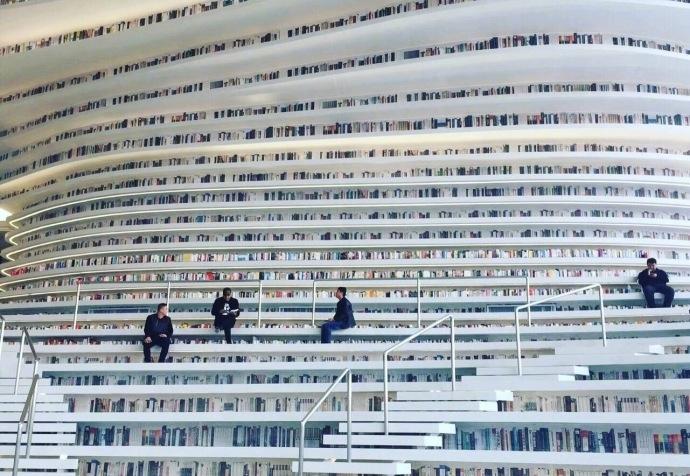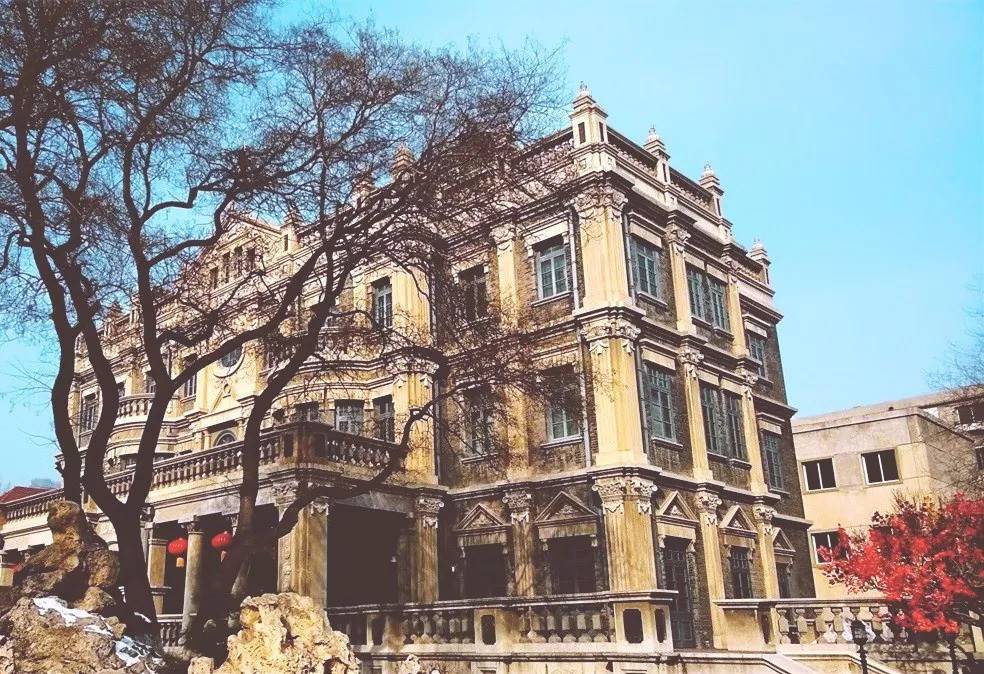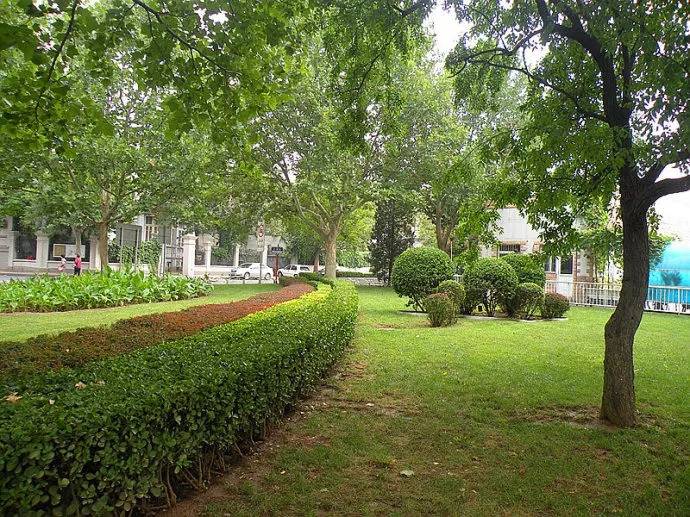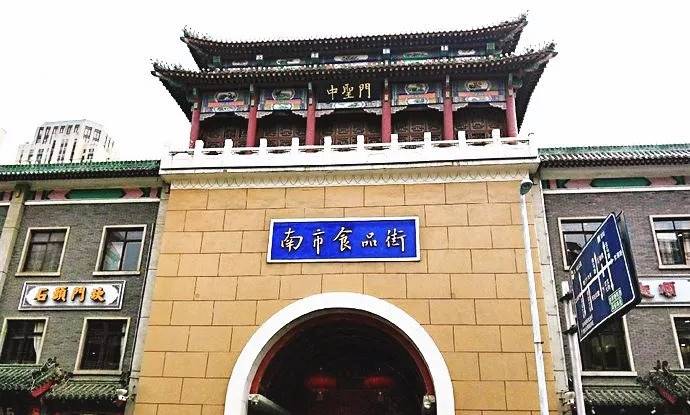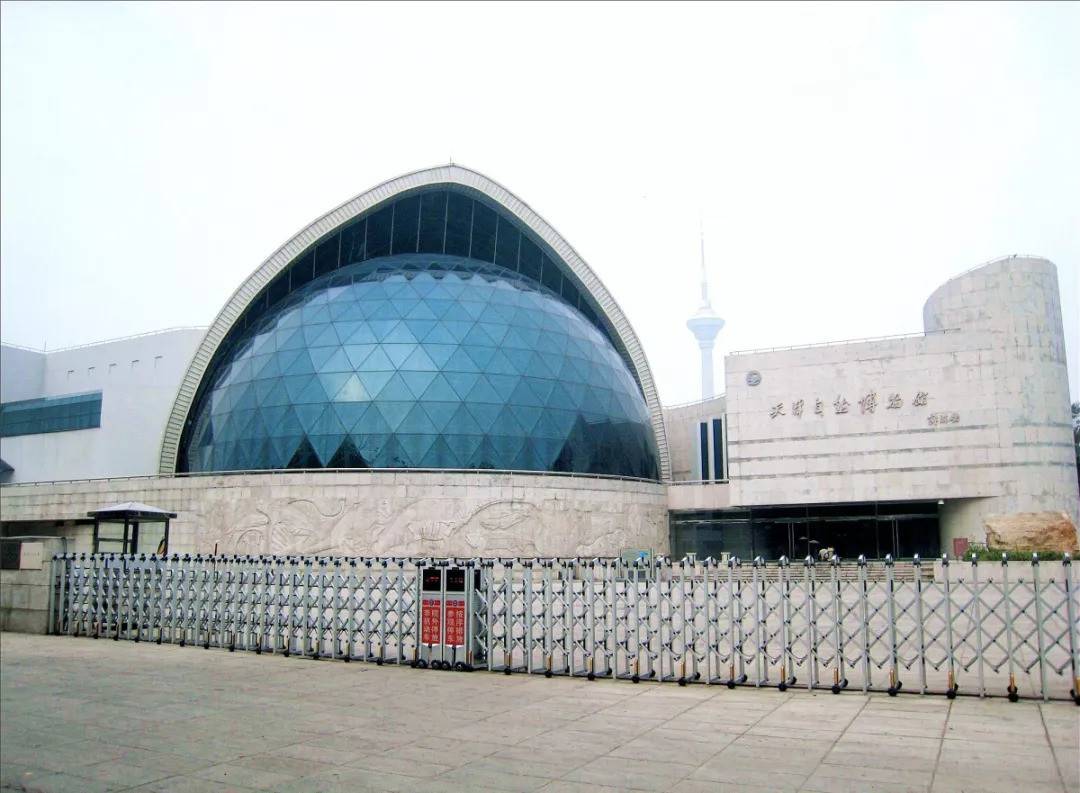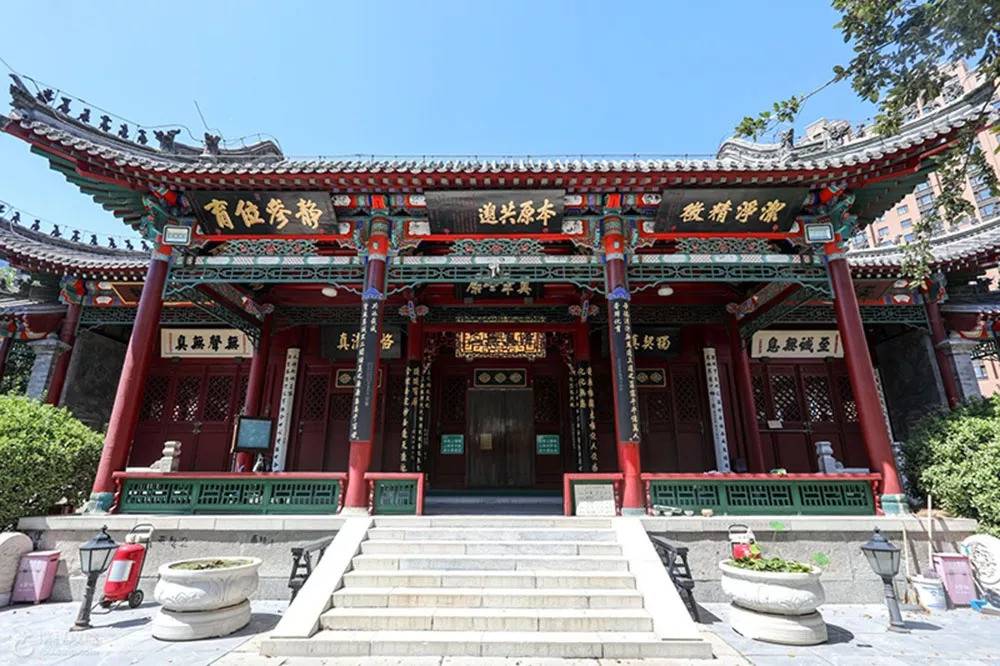The Former Residence of Zhang Xueliang is located at No. 32 French Concession (now No. 78 Chifeng Road, Heping District). It is a Western-style imitation building, with the front building constructed in 1921 and the rear building in 1926. Zhang Xueliang frequently stayed here during the 1920s and 1930s.
Located in the central area of Heping District, it is surrounded by a circular garden road. It was first built in 1917 and completed in 1922, originally known as the French Garden. Inside the park, there were statues of French national hero Nordack and a bronze statue of the Goddess of Peace. After 1941, it was renamed Central Park, and in 1946, it was renamed Roosevelt Garden, with the statues and other structures removed.
Tianjin Old City Museum is a self-funded institution organized by the Nankai District Culture and Tourism Bureau of Tianjin. It is located in the traditional residence of Xu's Courtyard, originally the home of Xu Pu'an, a comprador for the British firm MacGregor in Tianjin. The residence was built in the late Qing Dynasty and early Republic of China period. It is the only well-preserved typical traditional three-entry courtyard in Tianjin's urban area. The museum was officially established in 2000 and opened to the public on December 23, 2004, to commemorate the 600th anniversary of Tianjin's founding. The museum houses more than 3,600 cultural relics, showcasing 600 years of urban development in Tianjin.
Tianjin Food Street was completed in 1984. The gray walls, several meters high, enclose the food street into a perfect square. Two intersecting main streets divide the food street into four sections, with three-story shops along the streets. The second floor is connected by a platform-style corridor that surrounds the entire street. The ground floor mainly features various local snacks.
The Former Residence of Li Zhuchen is located at No. 202 Machang Road, Heping District (now No. 102). It is a four-story wooden structure with a total of eight rooms, facing north and south. In 1952, Chairman Mao stayed here during his inspection visit to Tianjin.
The new museum is themed 'Home', starting from the outdoor 'Home: Footprints' to the first floor 'Home: Exploration', from the second floor 'Home: Life' to the third floor 'Home: Ecology', telling a story of 'Home' from ancient times to the present, from the world to Tianjin.
Tianfei Lingci Palace is located on Dazhigu Middle Road in Hedong District, Tianjin. It was first built during the reign of Kublai Khan (1282-1294) in the Yuan Dynasty, renovated in the sixth year of the Wanli period of the Ming Dynasty, and repaired several times during the Qing Dynasty. It was destroyed by war in the 26th year of the Guangxu period (1900) and rebuilt with three main halls in the 31st year of the Guangxu period (1905). After 1950, it gradually became a ruin. It is an important relic of China's maritime grain transport. It faces the Tianhou Palace on the west bank of the Haihe River outside the east gate of Tianjin Wei City, forming a junction point for maritime and inland river grain transport.
Tianjin Great Mosque
Tianjin Great Mosque is an ancient Islamic temple in China and a key cultural relic protection unit in Tianjin. It is located in the northwest corner of the old city of Tianjin, in the Hui people's residential area on Zhenbu Street, Hongqiao District. It was first built during the Kangxi period of the Qing Dynasty. Covering an area of 5000 square meters, with a construction area of 2200 square meters, it is a magnificent and classical Chinese architectural complex. Combining Chinese palace-style architecture with Islamic architecture, it has a unique style. The prayer hall alone covers an area of about 1000 square meters and can accommodate a thousand people for worship at the same time.
